Table of Contents
Introduction to Spices
Spices are essential for adding depth and complexity to your dishes. This comprehensive guide covers the 6 main types of spices, how to use them effectively, and expert tips for selecting and storing the best quality spices. Whether you're a beginner or an experienced cook, you'll find practical advice to enhance your cooking.

Types of Spices
Spices can be categorized into six main types based on their flavor profiles and culinary applications. Each type serves specific purposes in cooking, from adding warmth to creating bold heat. Below is a detailed comparison of key characteristics:
| Spice Type | Flavor Profile | Best Culinary Uses | Storage Tips |
|---|---|---|---|
| Aromatic | Warm, sweet, floral | Baking, desserts, savory dishes like tagines | Store in airtight container away from light |
| Heat-Producing | Spicy, pungent | Curries, chili, salsas, marinades | Keep whole in cool, dark place; grind fresh |
| Earthy | Deep, grounding, slightly smoky | Stews, soups, meat rubs, Indian cuisine | Store in opaque containers; avoid moisture |
| Pungent | Sharp, intense, savory | Asian stir-fries, dressings, seafood dishes | Refrigerate fresh garlic/onion; store dried in cool place |
| Herbal | Fresh, green, subtle | Soups, sauces, roasted vegetables, Mediterranean dishes | Freeze fresh herbs; store dried in airtight containers |
| Citrusy | Bright, acidic, tangy | Salads, seafood, Middle Eastern dishes, dressings | Store in cool, dry place; use within 6 months |
1. Aromatic Spices
Aromatic spices deliver warm, sweet, or floral notes that enhance both sweet and savory dishes. They're commonly derived from tree bark, seeds, or roots and form the foundation of many global cuisines.
- Cinnamon: Derived from inner bark of cinnamon trees. Ceylon cinnamon ("true cinnamon") offers delicate sweetness ideal for baking, while Cassia cinnamon provides stronger flavor for savory dishes. Use in apple pie, oatmeal, or Moroccan tagines.
- Nutmeg: From the seed of the nutmeg tree. Always grate whole nutmeg for maximum flavor in custards, béchamel sauce, or holiday cookies. Avoid pre-ground versions for best results.
- Ginger: The root of the ginger plant. Fresh ginger adds zesty heat to stir-fries and teas, while dried ginger works well in baking. Known for aiding digestion and reducing nausea.
- Allspice: Made from dried berries with flavor resembling cinnamon, nutmeg, and cloves. Essential for Jamaican jerk seasoning and holiday baking like gingerbread.
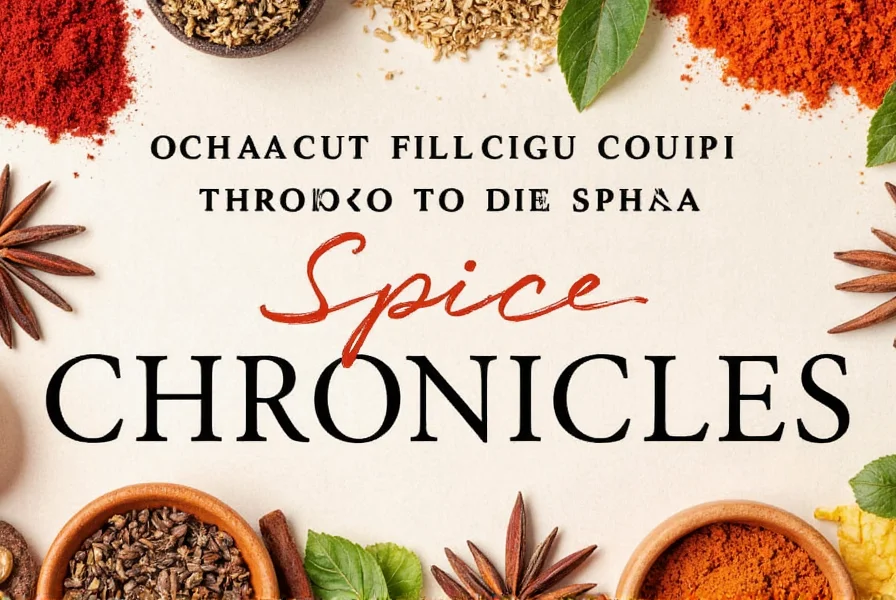
2. Heat-Producing Spices
These spices add varying levels of heat and intensity to dishes, ranging from mild to extreme. They're crucial for creating bold flavors in global cuisines.
- Black Pepper: The most common spice worldwide. Freshly ground pepper provides superior flavor compared to pre-ground. Use in almost every savory dish, from steak to soups.
- Cayenne Pepper: Made from dried red peppers. Adds consistent heat to sauces, marinades, and spice rubs. Start with small amounts (1/8 tsp) and adjust to taste.
- Chili Powder: A blend of ground chilies, cumin, and other spices. Ideal for Mexican dishes like chili con carne and taco seasoning. Look for pure chili powder without additives for authentic flavor.
- Ghost Pepper: One of the world's hottest peppers. Use sparingly (a pinch) in hot sauces or specialty dishes. Always wear gloves when handling.
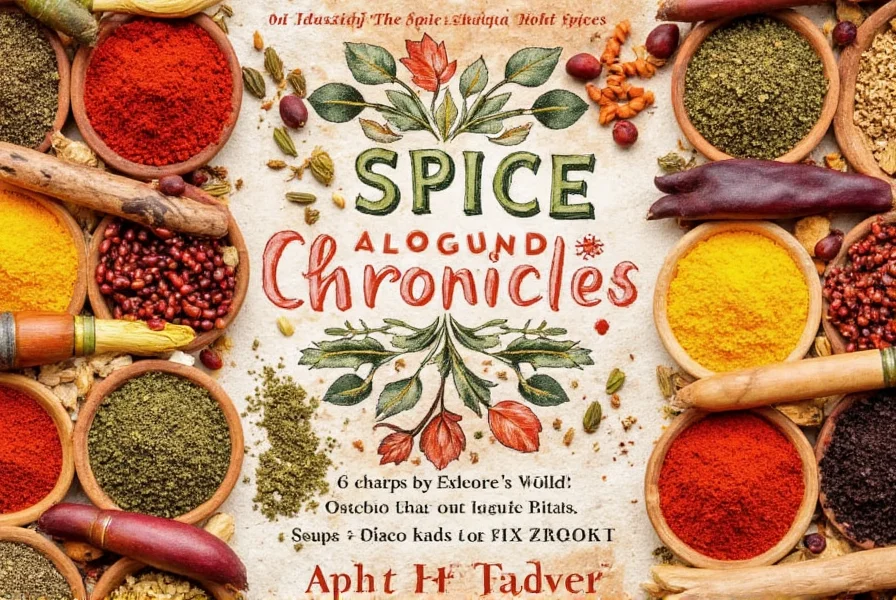
3. Earthy Spices
Earthy spices provide deep, grounding flavors that work perfectly in slow-cooked dishes and meat preparations. They're staples in Indian, Middle Eastern, and North African cuisines.
- Cumin: Warm, nutty, slightly smoky flavor. Essential for Indian curries, Mexican chili, and roasted vegetables. Buy whole seeds and toast before grinding for maximum aroma.
- Coriander: Citrusy, floral notes from the coriander seed. Perfect for balancing heat in curries and adding brightness to soups. Often paired with cumin in spice blends.
- Cardamom: Intensely aromatic with lemony, floral notes. Used in Indian chai, Middle Eastern coffee, and Scandinavian baking. Whole pods preserve flavor longer than ground.
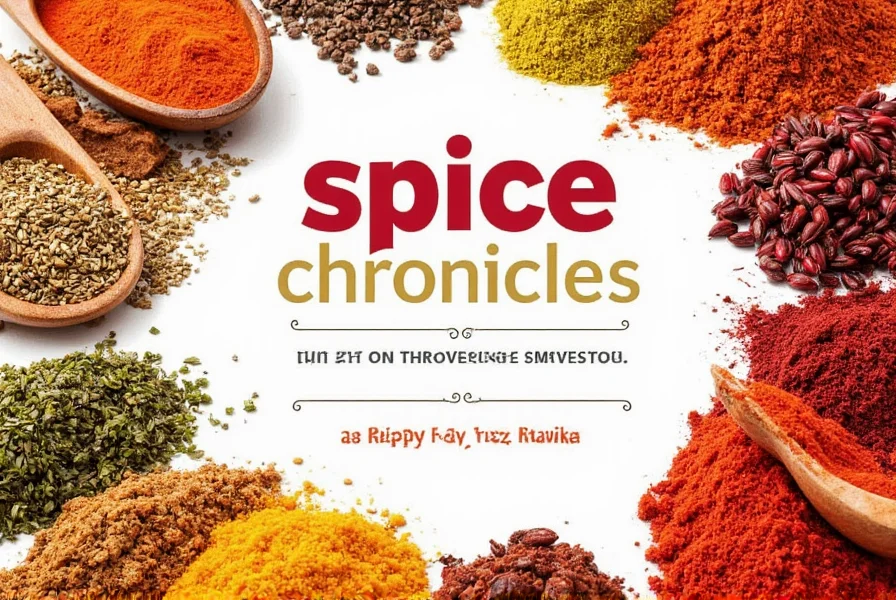
4. Pungent Spices
Pungent spices deliver sharp, intense flavors that transform simple ingredients into complex dishes. They're fundamental in Asian cuisine and often used in small quantities.
- Garlic: Fresh garlic cloves provide the most vibrant flavor. Roast whole heads for mellow sweetness or mince for bold heat in sauces and marinades.
- Mustard Seed: Brown or yellow seeds add tangy heat to pickles, dressings, and Indian curries. Toasting releases their full flavor potential.
- Wasabi: Made from Japanese horseradish root. Authentic wasabi paste has a clean, sinus-clearing heat. Often used with sushi and seafood dishes.
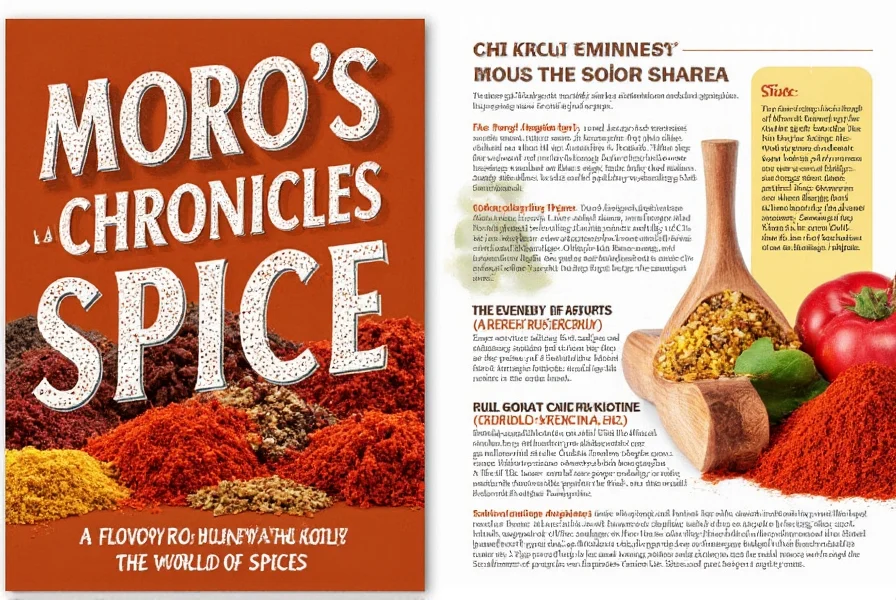
5. Herbal Spices
Herbal spices come from plant leaves, flowers, or stems and add fresh, green notes to dishes. They're often used fresh but can be dried for longer storage.
- Basil: Sweet, peppery flavor perfect for Italian dishes. Use fresh in pesto or caprese salad; dried basil works well in tomato sauces.
- Oregano: Robust, slightly bitter flavor essential for Mediterranean cuisine. Ideal for pizza, pasta sauces, and grilled meats.
- Thyme: Earthy, lemony notes that pair well with roasted vegetables and poultry. Use fresh sprigs for slow-cooked dishes or dried for rubs.
- Bay Leaf: Subtle, herbal flavor that infuses soups and stews. Remove before serving as leaves are tough to chew.
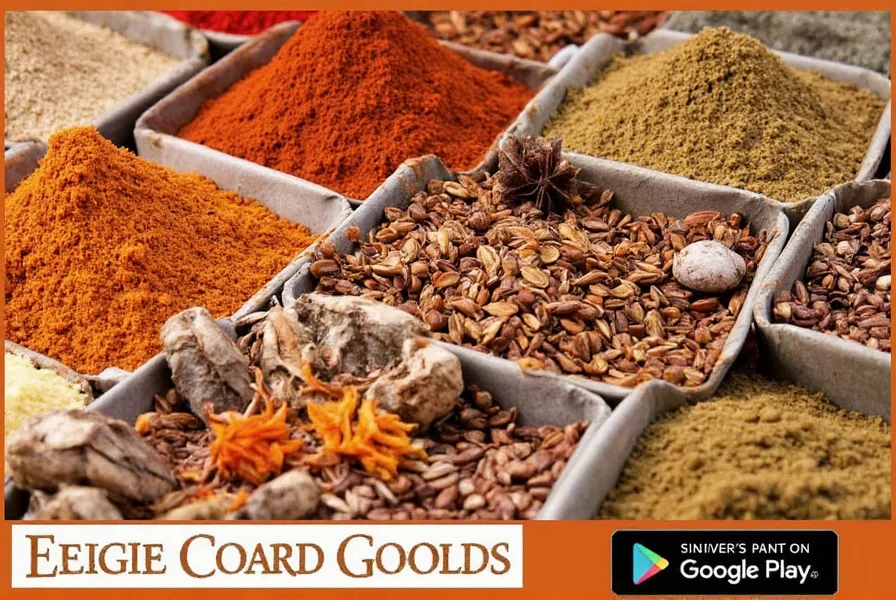
6. Citrusy Spices
Citrusy spices bring bright acidity that balances rich flavors. They're key in Mediterranean and South Asian cuisines for adding freshness to dishes.
- Sumac: Tart, lemony flavor from dried berries. Perfect for sprinkling on hummus, roasted vegetables, or grilled meats. A staple in Middle Eastern cooking.
- Orange Zest: The colored part of orange peel provides intense citrus flavor without acidity. Use in baked goods, marinades, or salad dressings.
- Lemon Pepper: Blend of dried lemon peel and black pepper. Ideal for seafood, chicken, and roasted vegetables. Look for pure versions without additives.
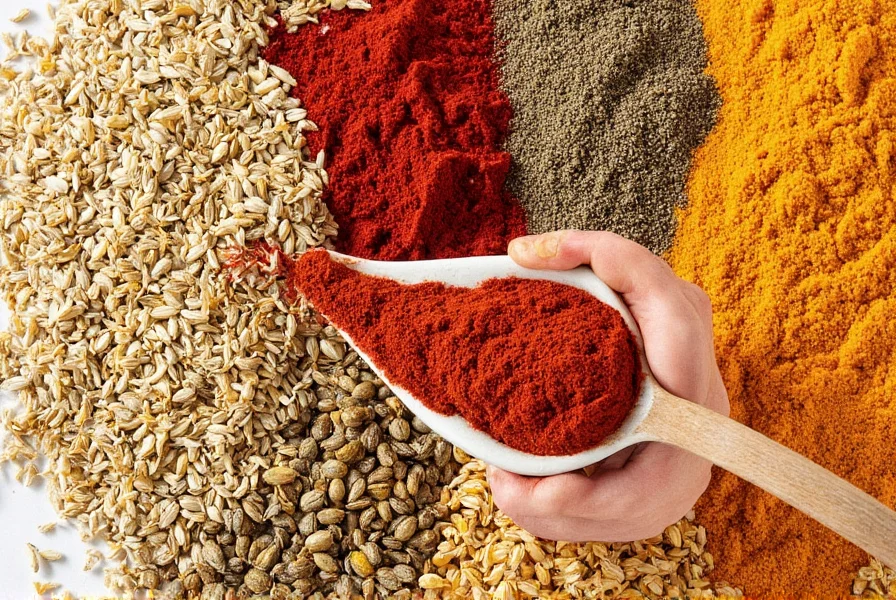
Practical Tips for Using Spices
Mastering spice usage transforms cooking from basic to exceptional. Here are professional techniques to maximize flavor:
- Toast Whole Spices: Heat cumin, coriander, or mustard seeds in a dry pan for 1-2 minutes until fragrant. This releases essential oils and enhances flavor significantly.
- Layer Flavors: Add spices at different cooking stages. For example, add cinnamon early in a stew for deep flavor, but add fresh basil at the end for brightness.
- Pairing Guide:
Protein Recommended Spice Blend Example Dish Chicken Cumin, paprika, garlic powder Spicy chicken tacos Beef Black pepper, rosemary, thyme Herb-crusted roast beef Fish Lemon pepper, dill, fennel seed Herb-roasted salmon Lamb Coriander, mint, cumin Middle Eastern lamb kebabs - Proper Storage: Keep spices in airtight containers away from heat and light. Whole spices last 2-3 years; ground spices 6-12 months. Replace if color fades or aroma weakens.
- Health Benefits: Turmeric contains curcumin which studies suggest may have anti-inflammatory properties. Always consult a healthcare professional before using spices for medicinal purposes.
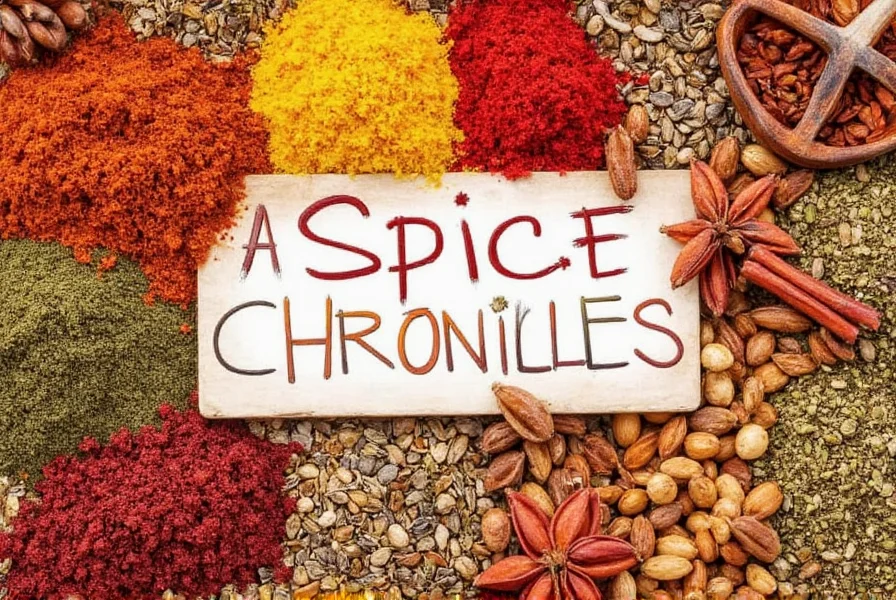
Buying Guide for Spices
Choosing high-quality spices makes a significant difference in flavor. Here's what to look for when purchasing:
1. Cumin
Features: Warm, earthy, slightly smoky flavor with nutty undertones.
Quality Indicators: Whole seeds should be uniform in color (light brown to golden) with strong aroma. Avoid pre-ground cumin unless used within 1 month.
Best Uses: Essential for Indian curries, Mexican chili, and roasted vegetables. Toast whole seeds before grinding for maximum flavor.
Recommended Brands: Look for brands specializing in single-origin spices like Rani or Frontier Co-op.
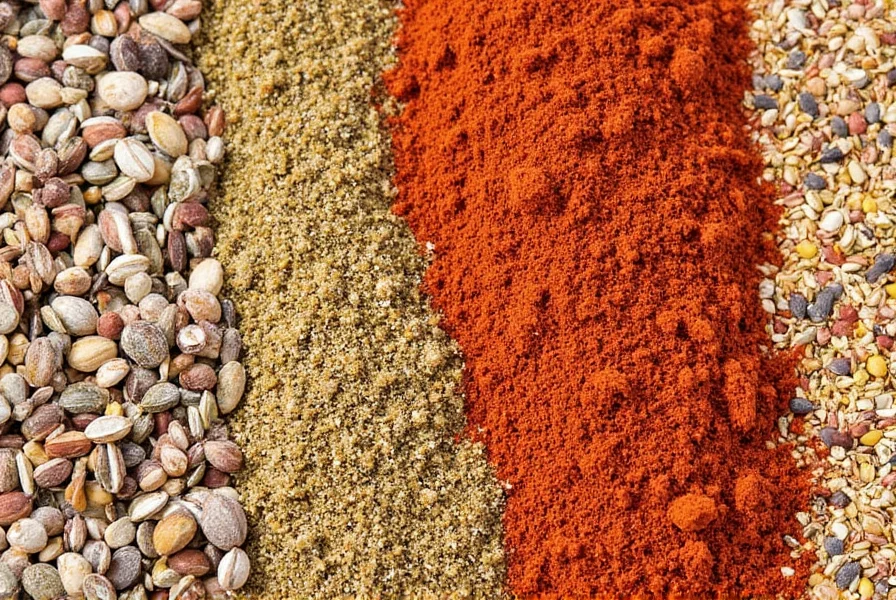
2. Paprika
Features: Sweet or smoked, with rich red color and mild heat.
Quality Indicators: Vibrant red color without dullness. Smoked paprika should have distinct woodsy aroma. Avoid brands with added fillers.
Best Uses: Hungarian goulash, Spanish chorizo, deviled eggs, and rubs for roasted potatoes.
Recommended Brands: Pimentón de la Vera for authentic Spanish smoked paprika.
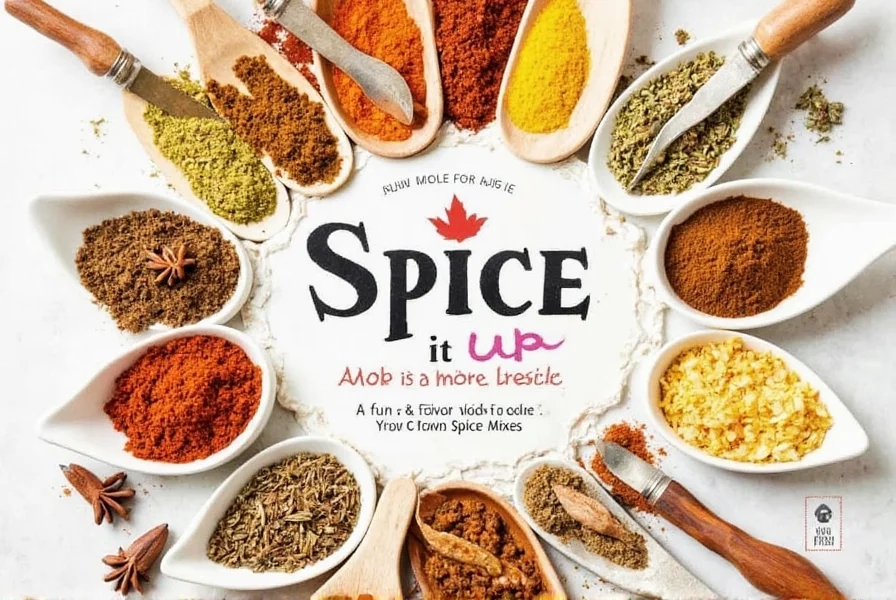
3. Turmeric
Features: Golden yellow color with earthy, slightly bitter taste.
Quality Indicators: Bright yellow color that stains surfaces easily. Should have strong, earthy aroma. Look for organic, non-irradiated varieties.
Best Uses: Indian curries, golden milk, rice dishes, and roasted vegetables. Combine with black pepper to enhance absorption.
Health Note: Studies suggest curcumin in turmeric may have anti-inflammatory properties, but always consult a healthcare professional for medical advice.
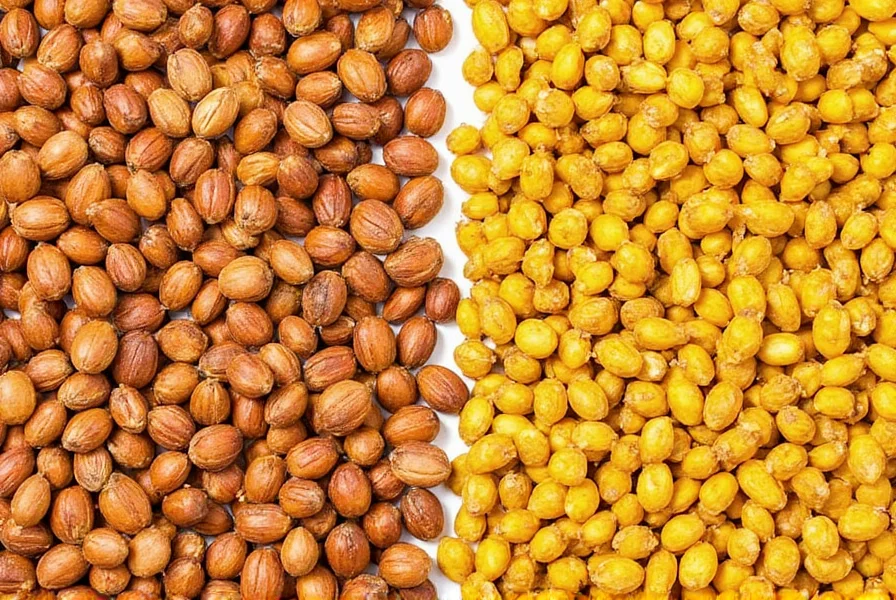
4. Saffron
Features: Delicate floral aroma with rich golden hue. The world's most expensive spice by weight.
Quality Indicators: Deep red threads with orange tips. Should release color quickly in warm liquid. Avoid yellow or pale threads which indicate low quality.
Best Uses: Spanish paella, Indian biryani, and French bouillabaisse. Steep threads in warm water before adding to dishes.
Recommended Brands: Look for Iranian saffron with high crocin content for best color and flavor.
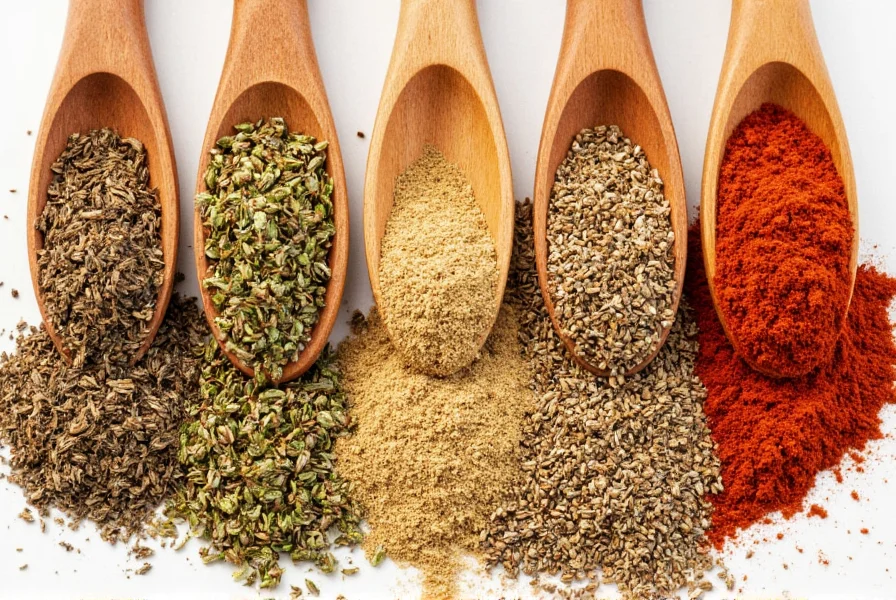
5. Star Anise
Features: Strong licorice-like flavor with distinctive star shape.
Quality Indicators: Uniform brown color with intact points. Should have strong, sweet aroma. Avoid moldy or broken pieces.
Best Uses: Chinese five-spice powder, Vietnamese pho broth, and mulled wine. Whole stars infuse flavor without overpowering.
Recommended Brands: Look for Vietnamese or Chinese star anise for authentic flavor profiles.
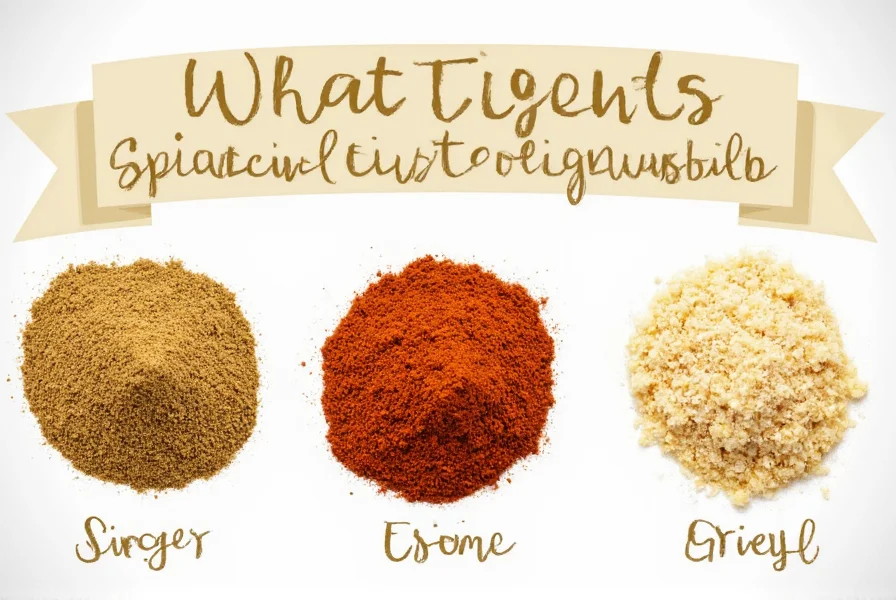
Frequently Asked Questions
What are the main types of spices and their uses?
Spices fall into six main categories based on flavor profiles: Aromatic (cinnamon, nutmeg for baking), Heat-Producing (cayenne, chili powder for spice), Earthy (cumin, coriander for curries), Pungent (garlic, mustard for Asian dishes), Herbal (basil, thyme for Mediterranean), and Citrusy (sumac, lemon pepper for brightness). Each type serves specific culinary purposes.
How do I know which spices go well together?
Classic pairings include cumin and coriander (Indian cuisine), paprika and garlic (Mexican), and cinnamon with nutmeg (baking). For proteins: chicken pairs with cumin and paprika, beef with rosemary and thyme, fish with lemon pepper and dill. Start with established spice blends like garam masala or herbes de Provence before experimenting.
What's the difference between herbs and spices?
Herbs come from plant leaves (basil, oregano) and are often used fresh. Spices derive from seeds (cumin), roots (ginger), bark (cinnamon), or flowers (saffron) and are typically dried. Spices generally have stronger flavors than herbs and are used in smaller quantities.
How long do spices last before losing potency?
Ground spices maintain peak flavor for 6-12 months; whole spices last 1-2 years. Check freshness by rubbing a pinch between fingers—if aroma is weak or color faded, replace. Store in airtight containers away from heat and light to extend shelf life.
Should I buy whole or ground spices?
Whole spices retain flavor longer due to less surface exposure to air. Buy whole for infrequently used spices (like star anise) and grind as needed. For daily staples (like black pepper), keep ground versions for convenience. Always store both types in airtight containers.
What are the most versatile spices for home cooking?
Every kitchen should have: salt, black pepper, garlic powder, onion powder, cumin, paprika (sweet and smoked), chili powder, cinnamon, and dried oregano. These cover Mexican, Italian, Indian, and American dishes with minimal investment.
How can I tell if my spices are fresh?
Fresh spices have vibrant color and strong aroma. Rub a pinch between fingers—if you can't smell it clearly, it's stale. For turmeric, mix a pinch with water; fresh turmeric will immediately turn water bright yellow.
What's the best way to store spices?
Store in airtight glass or ceramic containers away from heat, light, and moisture. Ideal location is a dark cabinet away from stove or oven. Avoid clear containers on windowsills. Whole spices last 2-3 years; ground spices 6-12 months.
How do I make my own spice blends?
Start with simple ratios: for taco seasoning, mix 2 tbsp chili powder, 1 tbsp cumin, 1 tsp garlic powder, 1 tsp paprika, and 1/2 tsp oregano. For garam masala, combine equal parts cumin, coriander, cinnamon, cardamom, and cloves. Toast whole spices before grinding for best flavor.
What spices work best for Indian cooking?
Core Indian spices include cumin, coriander, turmeric, mustard seeds, and fenugreek. For curries, use garam masala (cinnamon, cardamom, cloves) added at the end. Toast whole spices in oil first to release flavors before adding other ingredients.
Conclusion
Spices transform ordinary ingredients into extraordinary dishes through their unique flavors and cultural significance. By understanding the six main types, mastering pairing techniques, and selecting high-quality spices, you can elevate any meal. Remember to store spices properly and replace them when freshness declines. With this knowledge, you're equipped to explore global cuisines and create restaurant-quality dishes at home.
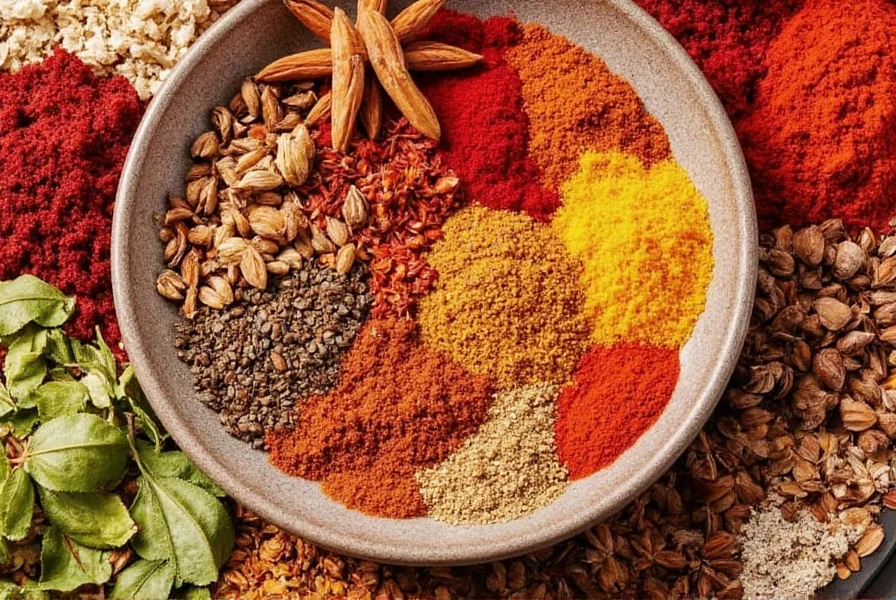

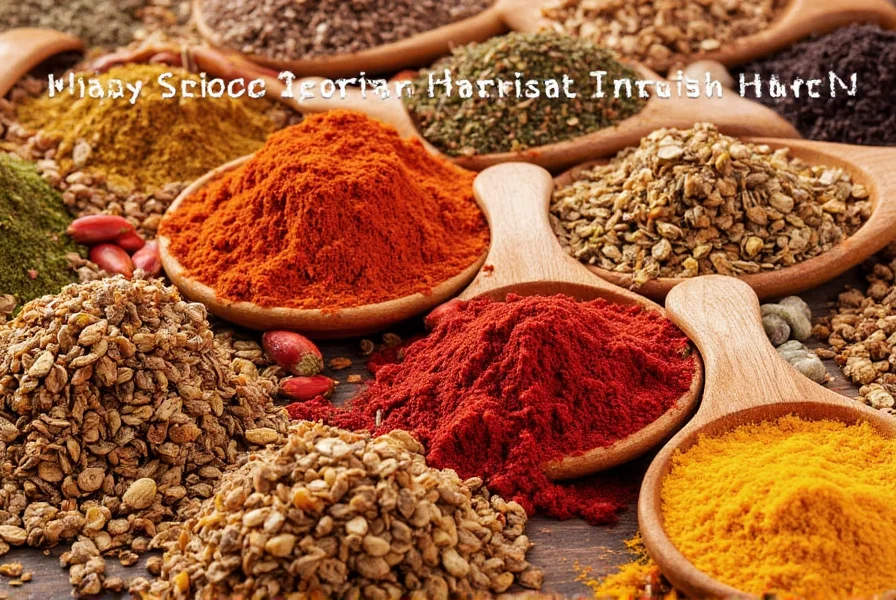









 浙公网安备
33010002000092号
浙公网安备
33010002000092号 浙B2-20120091-4
浙B2-20120091-4